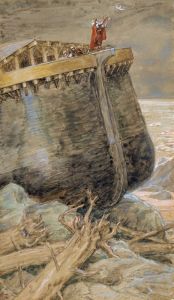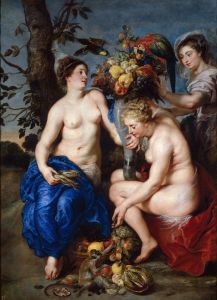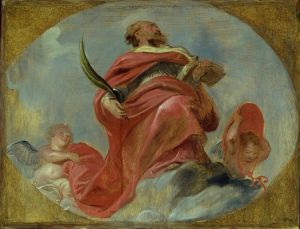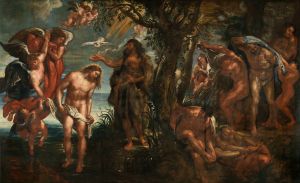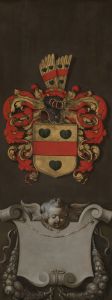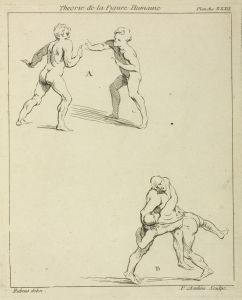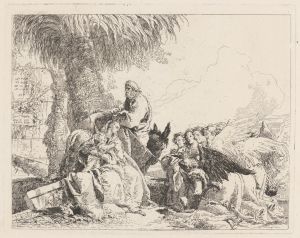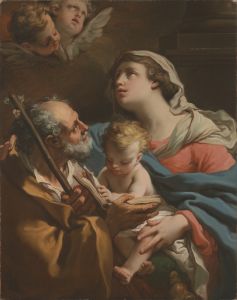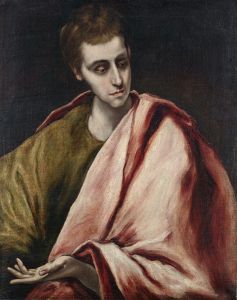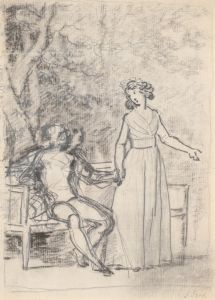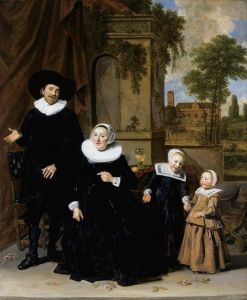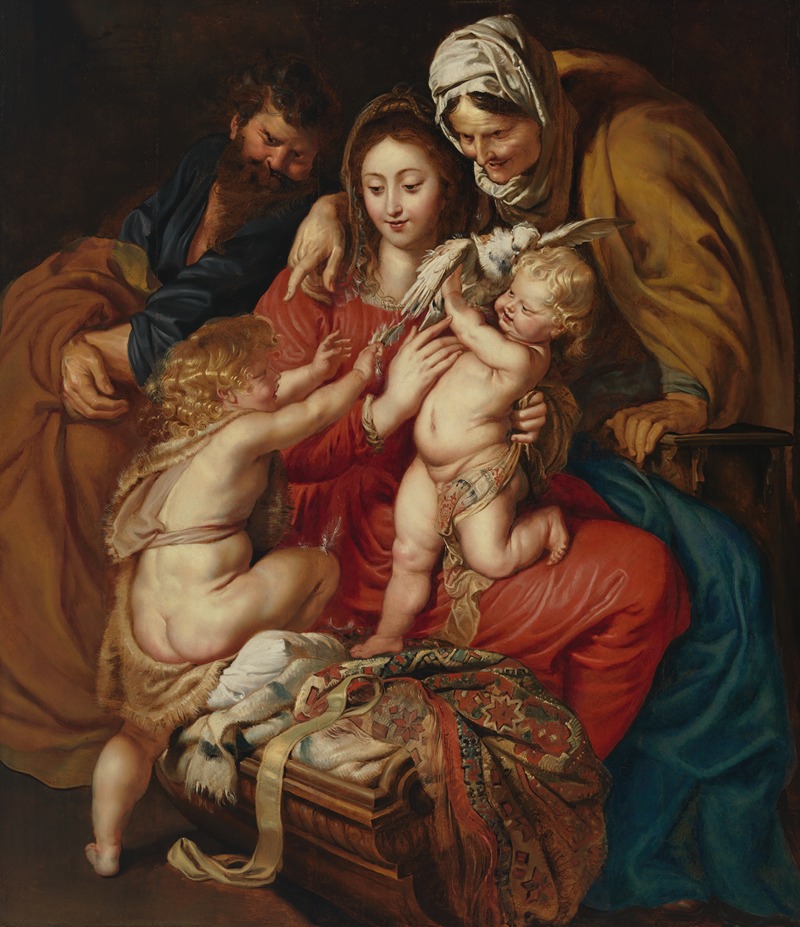
The Holy Family with St. Elizabeth, St. John, and a Dove
A hand-painted replica of Peter Paul Rubens’s masterpiece The Holy Family with St. Elizabeth, St. John, and a Dove, meticulously crafted by professional artists to capture the true essence of the original. Each piece is created with museum-quality canvas and rare mineral pigments, carefully painted by experienced artists with delicate brushstrokes and rich, layered colors to perfectly recreate the texture of the original artwork. Unlike machine-printed reproductions, this hand-painted version brings the painting to life, infused with the artist’s emotions and skill in every stroke. Whether for personal collection or home decoration, it instantly elevates the artistic atmosphere of any space.
Peter Paul Rubens, a prominent Flemish Baroque painter, is renowned for his dynamic compositions, vibrant color palette, and sensuous depiction of figures. One of his notable works is "The Holy Family with St. Elizabeth, St. John, and a Dove." This painting exemplifies Rubens' mastery in religious themes, a common subject in his oeuvre, reflecting both his artistic prowess and the cultural context of the Counter-Reformation period in which he worked.
"The Holy Family with St. Elizabeth, St. John, and a Dove" portrays a tender and intimate scene featuring the Virgin Mary, the Christ Child, Saint Joseph, Saint Elizabeth, and the young Saint John the Baptist. The inclusion of a dove, often symbolizing the Holy Spirit, adds a layer of spiritual significance to the composition. Rubens' ability to convey emotion and narrative through the interaction of figures is evident in this work, as the characters are depicted with a sense of warmth and familial connection.
Rubens' style is characterized by its vigorous movement, rich color, and dramatic contrasts of light and shadow, all of which are present in this painting. The figures are rendered with a robust physicality, a hallmark of Rubens' approach to the human form, which he often imbued with a sense of vitality and dynamism. His use of color is particularly noteworthy; the warm, glowing tones enhance the sense of intimacy and divine presence within the scene.
The composition of the painting is carefully orchestrated to guide the viewer's eye through the narrative. The central focus is on the Christ Child, who is often depicted as the source of light within the painting, symbolizing his divine nature. The surrounding figures are arranged in a harmonious manner, creating a sense of unity and balance. Rubens' skillful use of chiaroscuro further accentuates the three-dimensionality of the figures, adding depth and realism to the scene.
Rubens' work was heavily influenced by his travels to Italy, where he studied the works of Renaissance masters such as Michelangelo, Raphael, and Titian. These influences are evident in his robust figures and the dynamic composition of his paintings. Additionally, Rubens was known for his ability to synthesize elements from different artistic traditions, creating a unique style that was both innovative and rooted in classical ideals.
"The Holy Family with St. Elizabeth, St. John, and a Dove" reflects the religious and cultural milieu of the early 17th century, a time when art was used as a tool for spiritual engagement and education. The painting not only serves as a devotional image but also as a testament to Rubens' ability to convey complex theological themes through his art.
Rubens' impact on the art world was profound, influencing generations of artists across Europe. His work remains highly regarded for its technical brilliance and emotive power. "The Holy Family with St. Elizabeth, St. John, and a Dove" is a prime example of his contribution to Baroque art, showcasing his ability to blend narrative, emotion, and technical skill into a cohesive and compelling composition.





